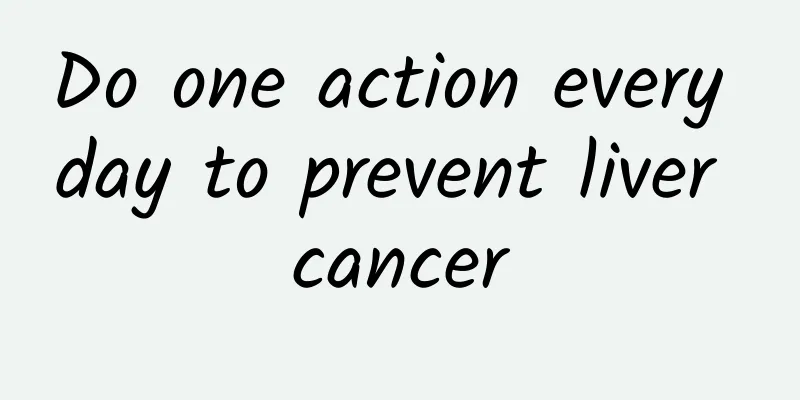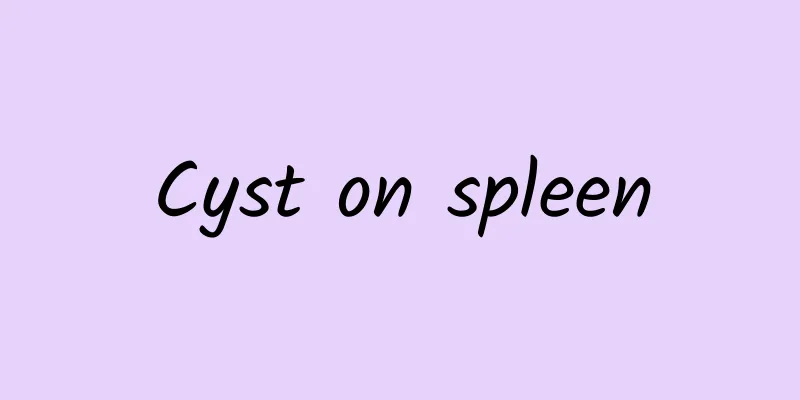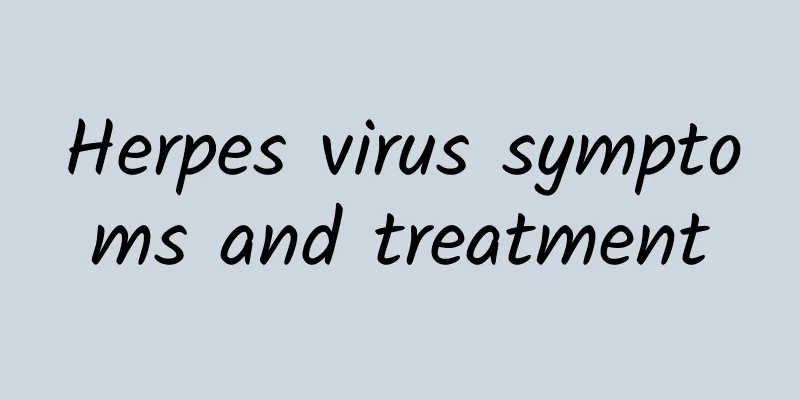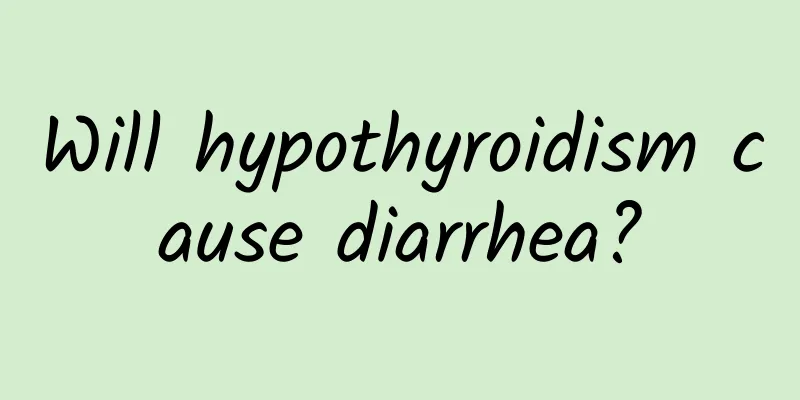How to cook Hedyotis diffusa

|
Snake tongue grass is a kind of Chinese herbal medicine distributed in Yunnan, Guangdong, Guangxi and other regions. It can treat diseases such as childhood pneumonia, appendicitis, pelvic inflammatory disease and so on. Snake tongue grass has strong healing and health-preserving functions and can be used as a beverage. The cooking method of snake tongue grass is also a matter of concern to many people. So, how to cook snake tongue grass? Let’s look at the method in detail below. Ingredients: 1 jin of Hedyotis diffusa, 1/2 jin of Lobelia, appropriate amount of sugar practice 1. Soak the snake tongue grass for 3 minutes, wash and set aside. 2. Pour 12 bowls of water into the pot, add snake tongue grass and lobelia, boil for 1 1/2 hours, add appropriate amount of sugar for seasoning, and it is done. The main valuable ingredients include hexadecane, stigmasterol, sitosterol, ursolic acid, p-coumaric acid, hedyotis diffusa glycoside (possibly coumarin) and flavonoids. It can significantly enhance the body's immune ability, such as stimulating the proliferation of reticuloendothelial cells, activating phagocytosis, promoting antibody formation, and causing the argyrophilic substances in tissues such as lymph nodes, spleen, and liver to become denser. It has anti-tumor effects, such as inhibiting acute lymphocytic, granulocytic, monocytic and chronic granulocytic tumor cells; it has inhibitory effects on Yoshida sarcoma and Ehrlich ascites carcinoma. The in vitro antibacterial effect is not significant, but the high-concentration decoction has an inhibitory effect on Pseudomonas aeruginosa, Salmonella typhi, Staphylococcus aureus, Proteus, Shigella dysenteriae, Haemophilus influenzae, Pneumococcus, hemolytic Streptococcus, and Neisseria. In addition, it can enhance the function of the adrenal cortex and has analgesic, sedative and hypnotic effects. Pharmacological Action 1. Anti-tumor effect: In vitro (equivalent to 6 g/ml of raw drug), it has a strong inhibitory effect on acute lymphocytic, granulocytic, monocytic and chronic granulocytic tumor cells (methylene blue test tube method); measured by Warburg respirator, the inhibitory effect on the former two is also strong. The extract was used in experimental treatment of S-180 and Ehrlich ascites carcinoma in mice, and Yoshida sarcoma in rats, but had no obvious anti-cancer effect. 0.5-1 gram of the crude drug/ml had inhibitory effects on Yoshida sarcoma and Ehrlich ascites carcinoma in vitro (methylene blue test tube method), but the authors believe that this is non-specific. 2. Antibacterial and anti-inflammatory effects: The antibacterial effect in vitro is not significant, and it only has a weak effect on Staphylococcus aureus and Shigella dysenteriae. The effects of the decoction on the phagocytic function of the reticuloendothelial system and the phagocytic activity of leukocytes in vivo and in vitro in normal and artificial appendicitis rabbits were observed. It was believed that its anti-inflammatory effect was due to factors such as stimulating the proliferation of the reticuloendothelial system and enhancing the activity of phagocytes. |
<<: The efficacy and function of Cnidium monnieri
>>: 25 weeks pregnant, stomach pain
Recommend
Retinal detachment
You must have heard this term a lot in recent yea...
What causes a swollen butthole?
The anus is a relatively private part of our body....
Health: 8 health secrets from a 98-year-old Chinese medicine practitioner
The secret to longevity lies in the eight-charact...
What can I eat two days before a colonoscopy?
Generally speaking, when doctors arrange colonosc...
How to treat chocolate cysts?
Chocolate cysts are a common condition caused by ...
Can gout patients exercise? What should I pay attention to?
Before exercising, gout patients should receive g...
What should I do if a 17-year-old girl has irregular menstruation?
A 17-year-old girl is in puberty. If she has irre...
Early symptoms of cerebral vascular obstruction
Blockage of cerebral blood vessels, also known as...
What are the precautions for fifth metatarsal fracture?
Metatarsal fractures mostly occur in adolescents ...
What causes enlarged tonsils? Causes of enlarged tonsils
Enlarged tonsils, also known as adenoids, are cau...
How to determine whether scars are hypertrophic
If scars proliferate, it will have a great impact...
Can I eat red beans when I am pregnant?
The functions and uses of red beans are very wide...
How to treat occult blood in urine? Experts recommend treatments
When the number of red blood cells in the human b...
Effects and functions of palm ginseng wine
Palm ginseng is a plant with high medicinal value...
What ointment to use for children's peeling hands
Since children do not have clear judgment of obje...









